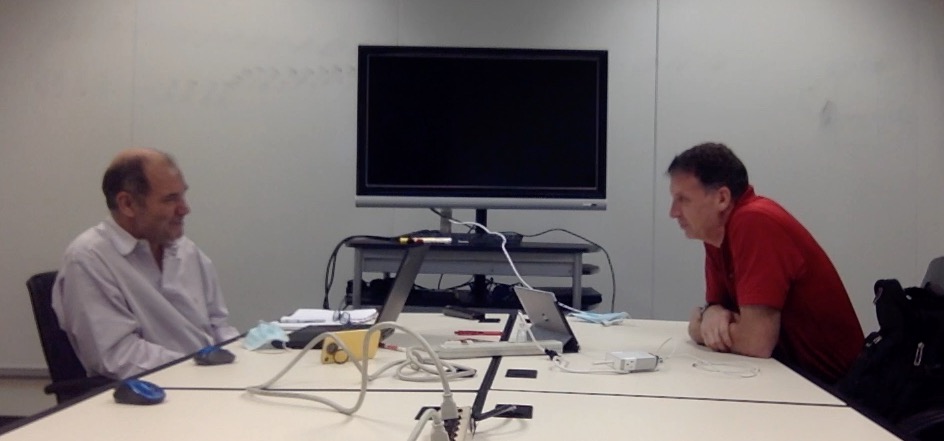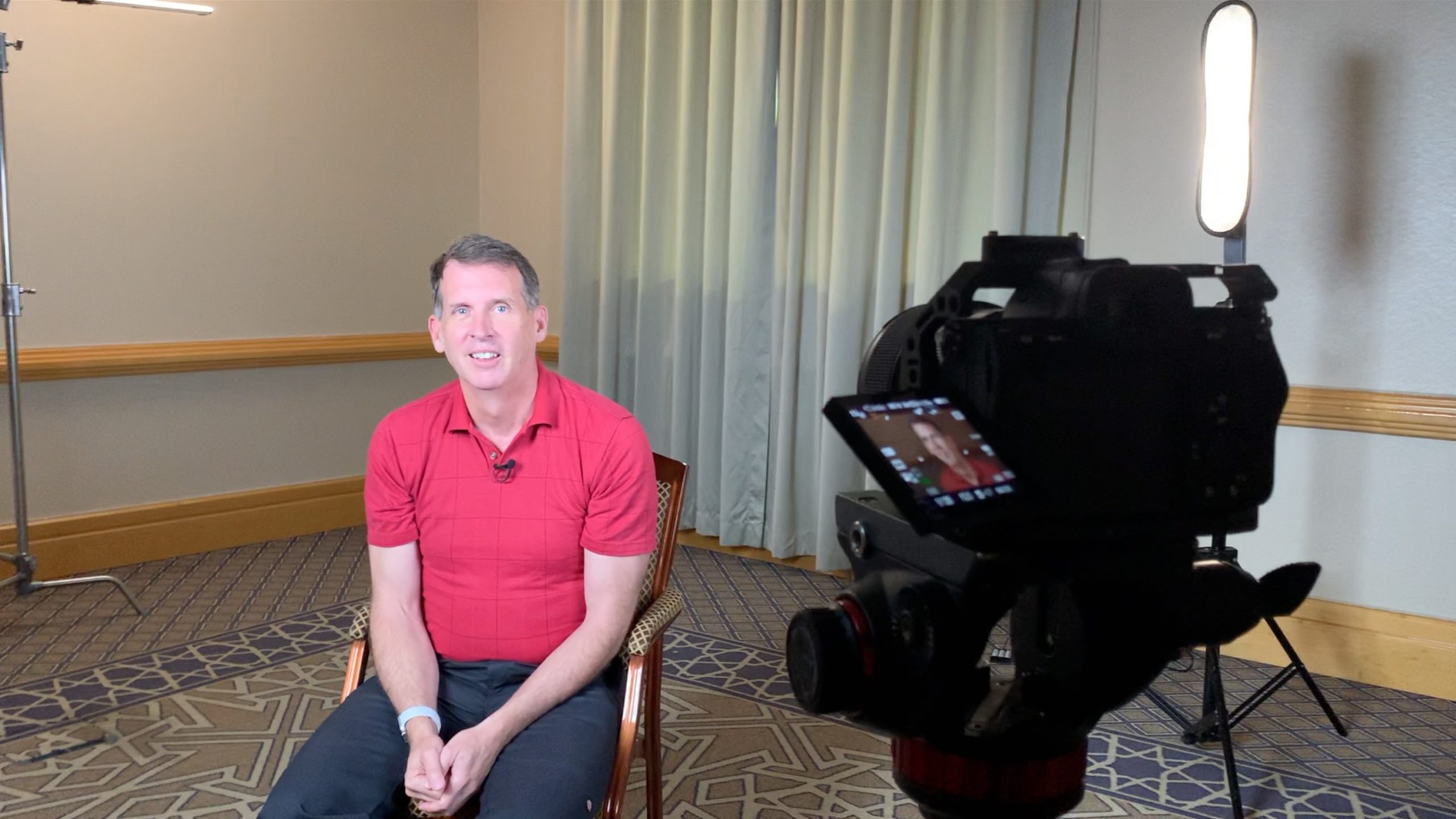This week I begin a series of episodes that highlight the earliest documentation of bookkeeping, and what we can learn from it. Bookkeeping was first documented by Luca Pacioli, a Franciscan Friar in Venice, Italy in the late 15th century.
A major point I hope one learns from these videos is that there are patterns of data access which are important to the business functions being performed. Each of the books kept in original bookkeeping had a specific purpose and data access pattern. In later videos we’ll discuss the day book, the journal, and the ledger.
And why is this important? Alfred W. Crosby in his book “The Measure Of Reality: Quantification And Western Society, 1250-1600” said it this way: “Double-entry bookkeeping was and is a means of soaking up and holding in suspension and then arranging and making sense out of masses of data that previously had been spilled and lost….Today computers compute faster than friar Pacioli would ever have dreamed possible, but they do so within the same framework (accounts payable, accounts receivable, and all) as he did. The efficient friar taught us how to oblige grocery stores and nations, which are always whizzing about like hyperactive children, to stand still and be measured….” (Cambridge University Press, 1997, Pages 220, 221)
This is Episode 113 of Conversations with Kip, the best financial system vlog there is.





Leave a Reply